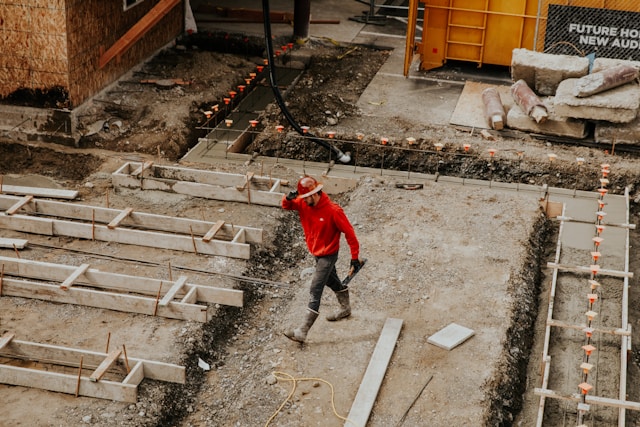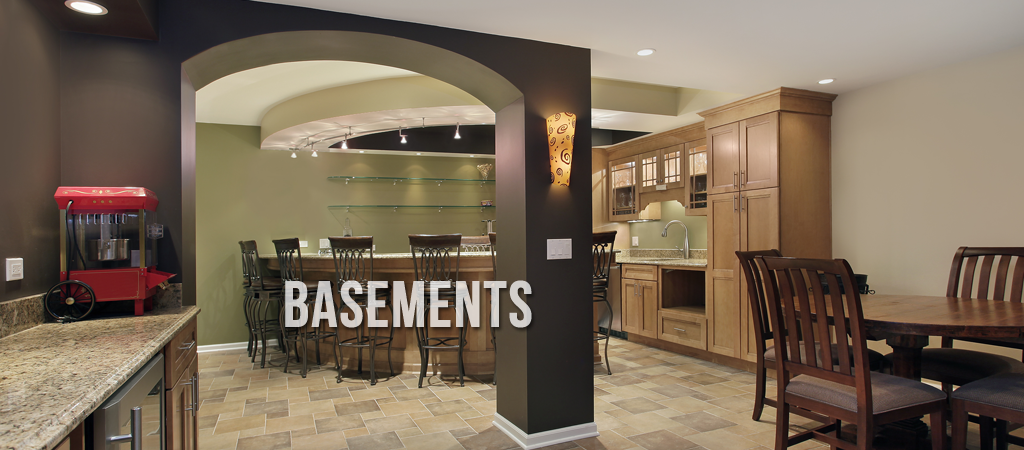When planning your dream remodel, it’s essential to understand the significant emotional and financial investment involved. You need to define your project’s scope, budget, and timeline to select the right contractor effectively. Conduct thorough research, reviewing portfolios and client testimonials, and ensure the contractor is licensed and insured. Transparent pricing, regular updates, and detailed contracts are crucial for avoiding disputes and building trust. Consider the design-build model for faster completion and cost savings. Managing your expectations and being flexible with plans will also enhance your overall satisfaction. By doing your due diligence, you’ll be better equipped to navigate the remodeling process successfully and achieve your desired outcomes.

The Emotional and Financial Investment of Remodeling
When embarking on a home remodeling project, you’re not just investing financially; you’re also making an emotional commitment. The process can be both rewarding and stressful, as it involves significant financial outlay and personal satisfaction.
Financially, the costs can be substantial. Homeowners often use home equity loans or personal savings to finance improvements. Emotionally, the impact is just as significant. Projects like adding a primary suite or upgrading a kitchen can dramatically enhance your living experience. However, it’s important to balance emotional goals with long-term value. Understanding how to hire a remodeling contractor who can manage both practical and aesthetic goals is key.
What to Look for in a Remodeling Contractor
Choosing the right remodeling contractor is pivotal to ensuring your renovation meets expectations. Start by clearly defining the scope, budget, and timeline for your project. Then, research contractors with experience in projects similar to yours.
Check portfolios, online reviews, and client testimonials. Ensure the contractor is licensed and insured, and verify their reputation through trusted sources. Look for detailed contracts outlining scope of work, schedule, payment terms, and warranties.
Ask questions about their process, communication methods, and approach to problem-solving. A contractor’s ability to communicate openly and provide realistic expectations is often the difference between a stressful and smooth remodel.
Understanding the Design-Build Model
The design-build remodeling process combines design and construction under one roof, offering an integrated and efficient alternative to the traditional bid-build approach.
With design-build, you work with a single team that includes designers, architects, and builders. This model minimizes delays, reduces miscommunication, and allows issues to be addressed before construction begins.
It typically follows five overlapping stages: team selection, project planning, design, estimating, and construction. With one point of contact throughout the process, homeowners benefit from cost savings and streamlined decision-making.
Transparency in Pricing, Timeline, and Communication
Transparency is a foundational element of any successful remodeling project. From the outset, your contractor should provide detailed, itemized estimates and a clear breakdown of pricing.
Regular project updates, milestone tracking, and direct communication help build trust. Utilizing tools like client portals or project dashboards ensures everyone is aligned on the budget, schedule, and scope of work.
A detailed contract and clear record-keeping protect both parties. With consistent updates and proactive communication, you can make informed decisions and resolve issues before they escalate.
How Touchstone Remodelers Structures Their Process
Choosing a remodeling contractor with an organized, client-first approach can make all the difference. Touchstone Remodelers exemplifies this with a well-structured, transparent process.
They use advanced project management tools to maintain transparency and efficiency. Clients are kept informed at every stage through real-time updates and consistent communication. Only Touchstone employees and closely supervised subcontractors have access to the site, ensuring security and quality control.
From planning through completion, their process is designed to make the experience smooth and stress-free.
Managing Expectations During a Remodel
It’s common for remodeling projects to encounter unexpected surprises. By managing expectations upfront, you’re more likely to stay on track and satisfied.
Begin with a prioritized wishlist that distinguishes between must-haves and nice-to-haves. Establish a communication plan with your contractor, including frequency of updates and preferred channels.
Remain flexible. Your home’s structure, zoning, or budget may limit what’s possible. Delays or unforeseen issues can arise, and adjusting your expectations can help you adapt with less stress.
Familiarize yourself with the major phases: planning, demolition, construction, and final walkthrough. Knowing what to expect helps avoid surprises.
Avoiding Red Flags and Common Mistakes
Be alert for warning signs during the contractor selection process. Red flags include vague estimates, pressure to pay in cash, or reluctance to provide written documentation.
Always insist on a comprehensive contract that includes itemized costs, schedules, material specs, payment plans, and warranty terms. Don’t proceed with verbal agreements alone.
Avoid frequent design changes once construction begins, as they often increase costs and cause delays. And while trends may inspire you, focus on upgrades that enhance your home’s function and value.
Empowering Homeowners with Knowledge
Homeowners who take the time to research and prepare are more likely to enjoy a successful renovation. Check licenses, insurance, and bonding status. Review past projects and speak with references to understand work quality and professionalism.
Ask contractors about their process, teams, communication standards, and problem-resolution methods. A contractor who answers your questions clearly and thoroughly is likely to bring that same clarity to your project.
Empower yourself by understanding your rights, responsibilities, and what to expect. The more prepared and informed you are, the more confident you’ll feel through every stage of your dream remodel.




